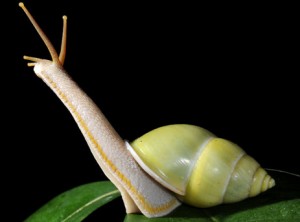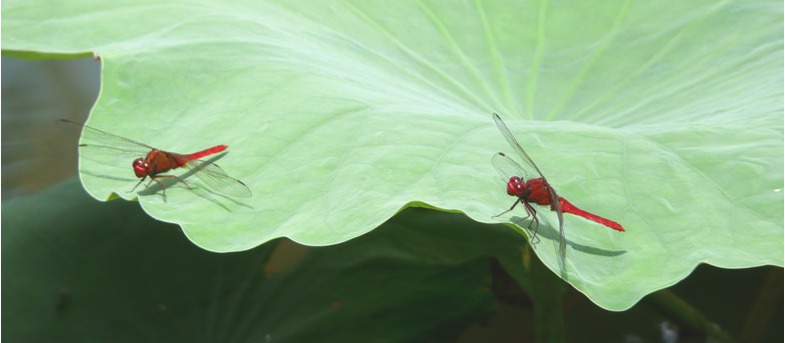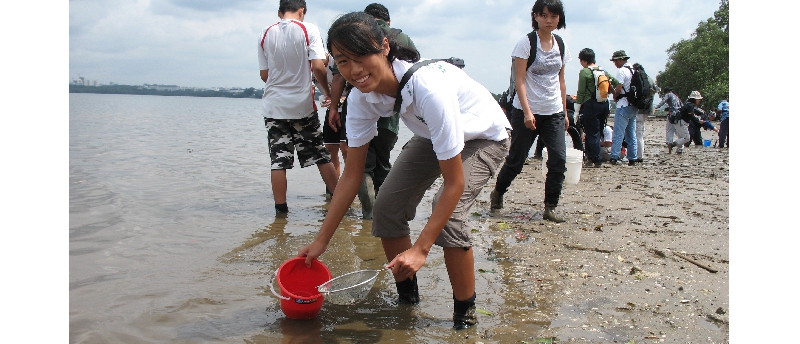Singapore’s Amazing Biodiversity Discoveries
Fact: Singapore is a small, bustling city-state. It has undergone significant land and coastal development since its founding.
Fact: Singapore is also where new species to science continue to be found, where new records continue to be logged, and where plants and animals that were thought to be extinct continue to be rediscovered.
In Singapore, development and biodiversity conservation have co-existed for years. While in other cities, one may suffer because of the other, the Singaporean way is different. We always seek to balance development and biodiversity conservation in a practical and realistic manner. Furthermore, we actively seek unique solutions to conserve and enhance the biodiversity in a city setting. Many new biodiversity discoveries and re-discoveries are the result of Singapore’s active conservation efforts, such as these two creatures:
Green Tree Snail (Amphidromus atricallosus temasek)

(Photo: Tan Heok Hui)
The green tree snail is an animal that lives in tree canopies. Currently, it is only known to be found in the older forests of Singapore, such as the Central Catchment Nature Reserve. This species was described by Mr Tan Siong Kiat, a curator at the Raffles Museum of Biodiversity Research. According to him, these snails are very well-camouflaged in the tree tops. Trying to spot one is like looking for a needle in a haystack!
Long-legged Fly (Syndyas singaporensis)
(Photo: Patrick Grootaret)
This new species of long-legged fly was one of the 150 new species discovered by Dr Patrick Grootart, a Belgian entomologist, during his one-year stint in Singapore. During his study of mangrove insects, his discoveries dispelled the misconception that mangroves possess poor insect fauna.
These two creatures were both discovered in the last decade, and are both unique and new to science. You can find out more about these and other natural treasures in the exhibition, ‘A Decade of Biodiversity Conservation and Discoveries in Singapore’, at HortPark from 18 to 24 April 2011.
By Linda Goh






Have views or comments on this article? Let us know via this form. If you would like to give us feedback on any other areas relating to our parks and gardens, please submit via https://www.nparks.gov.sg/feedback